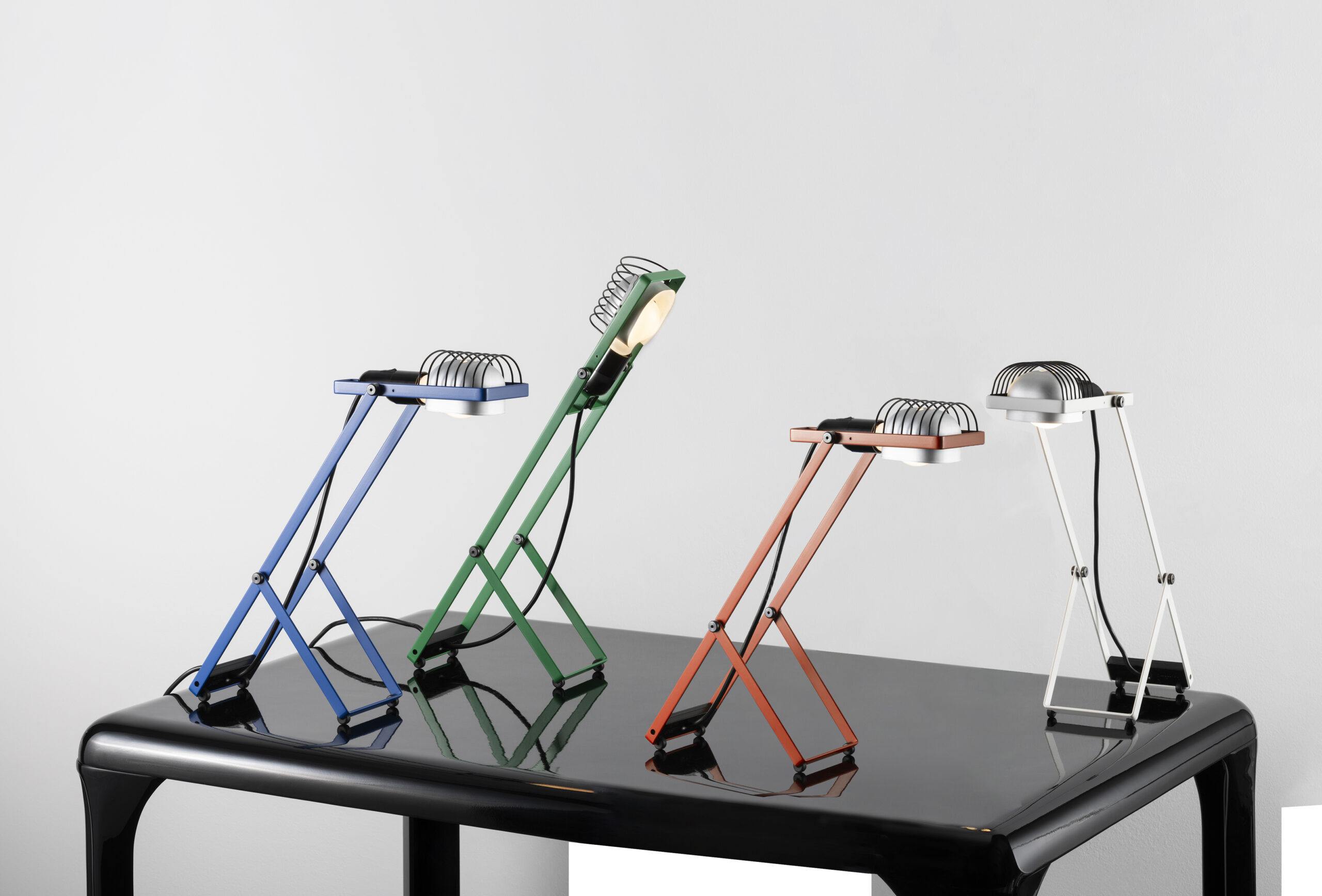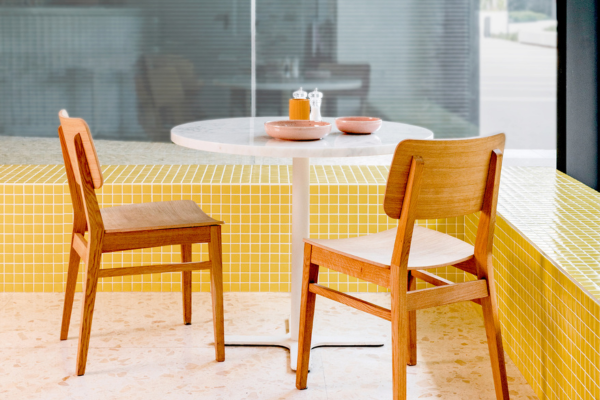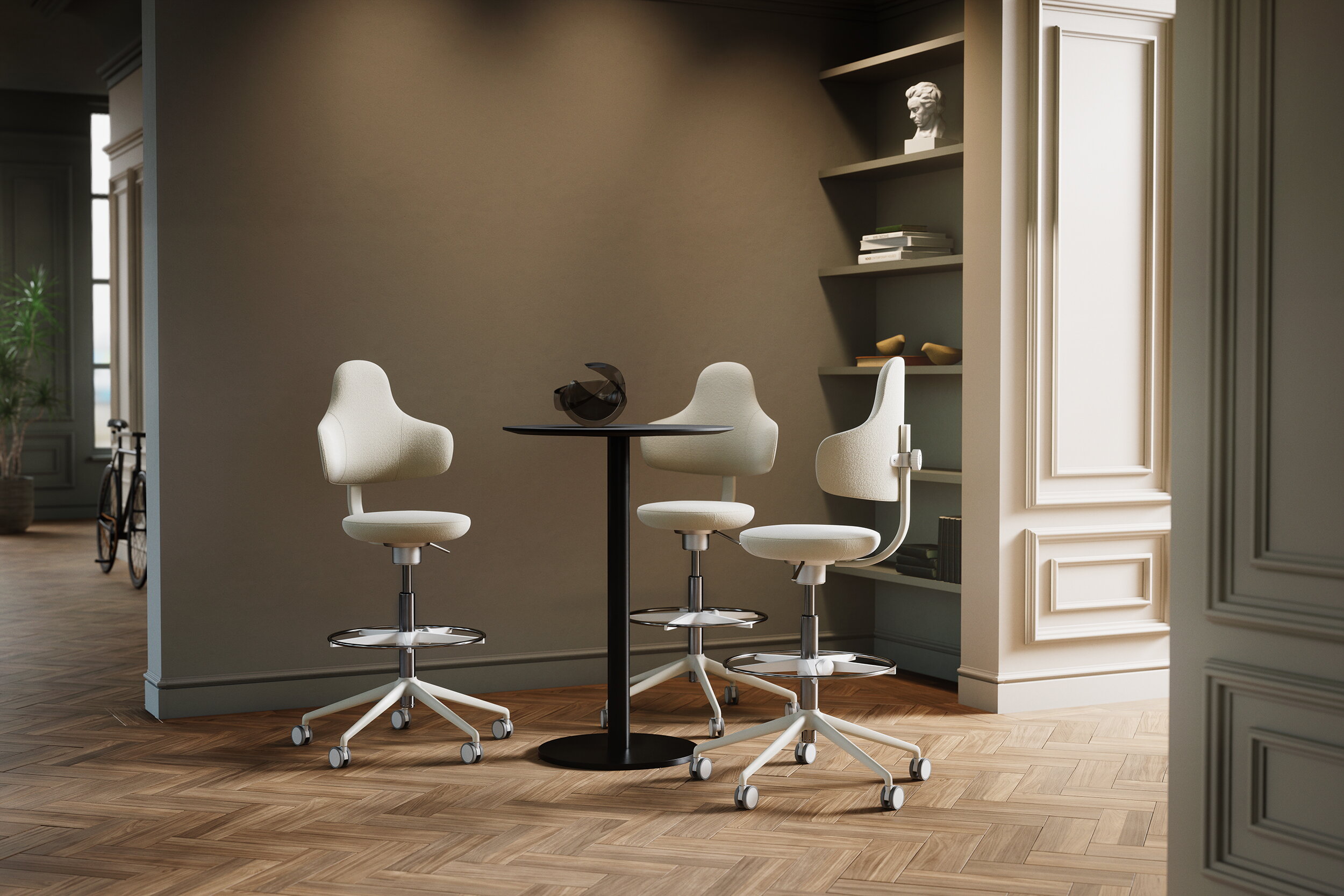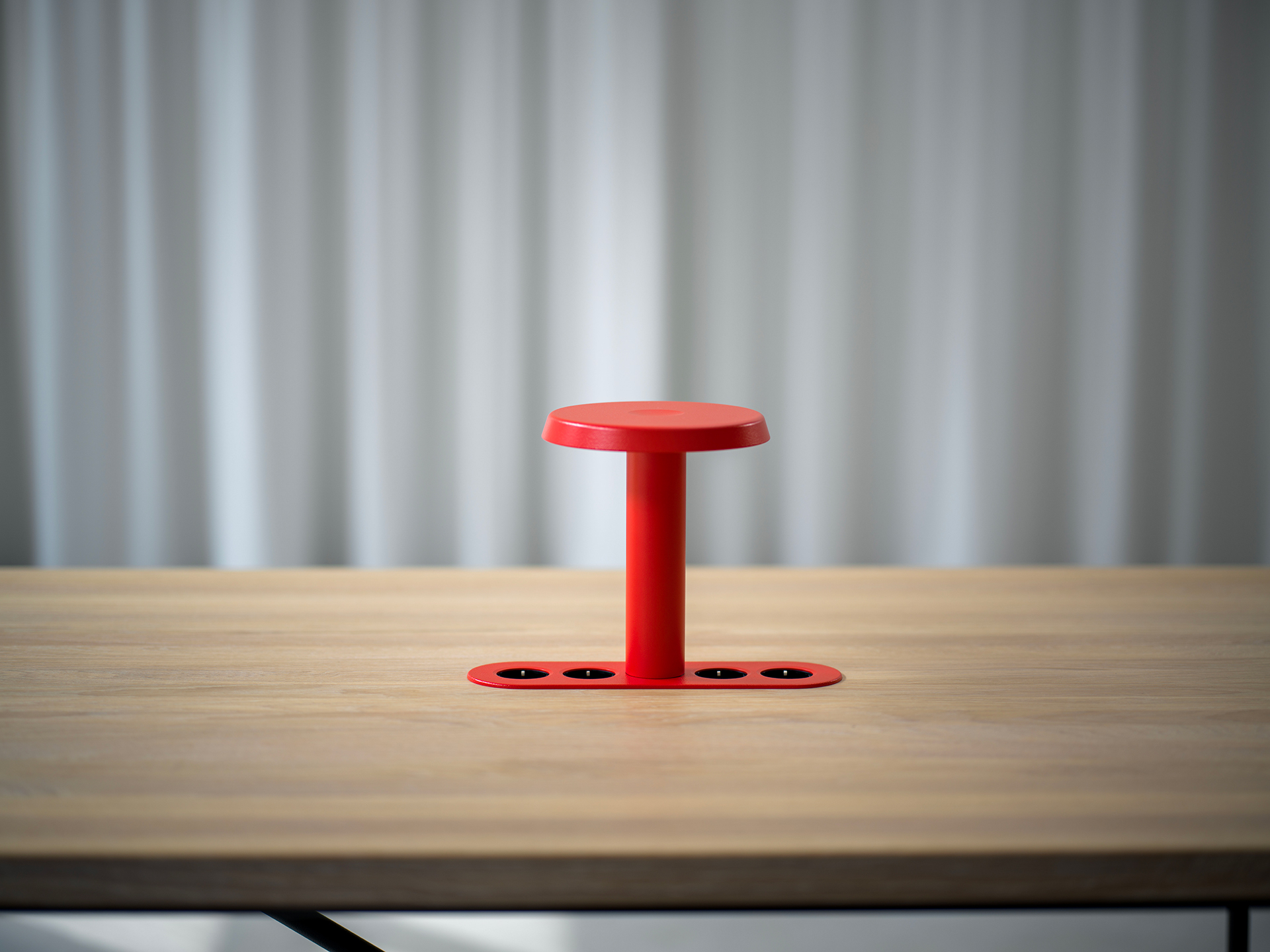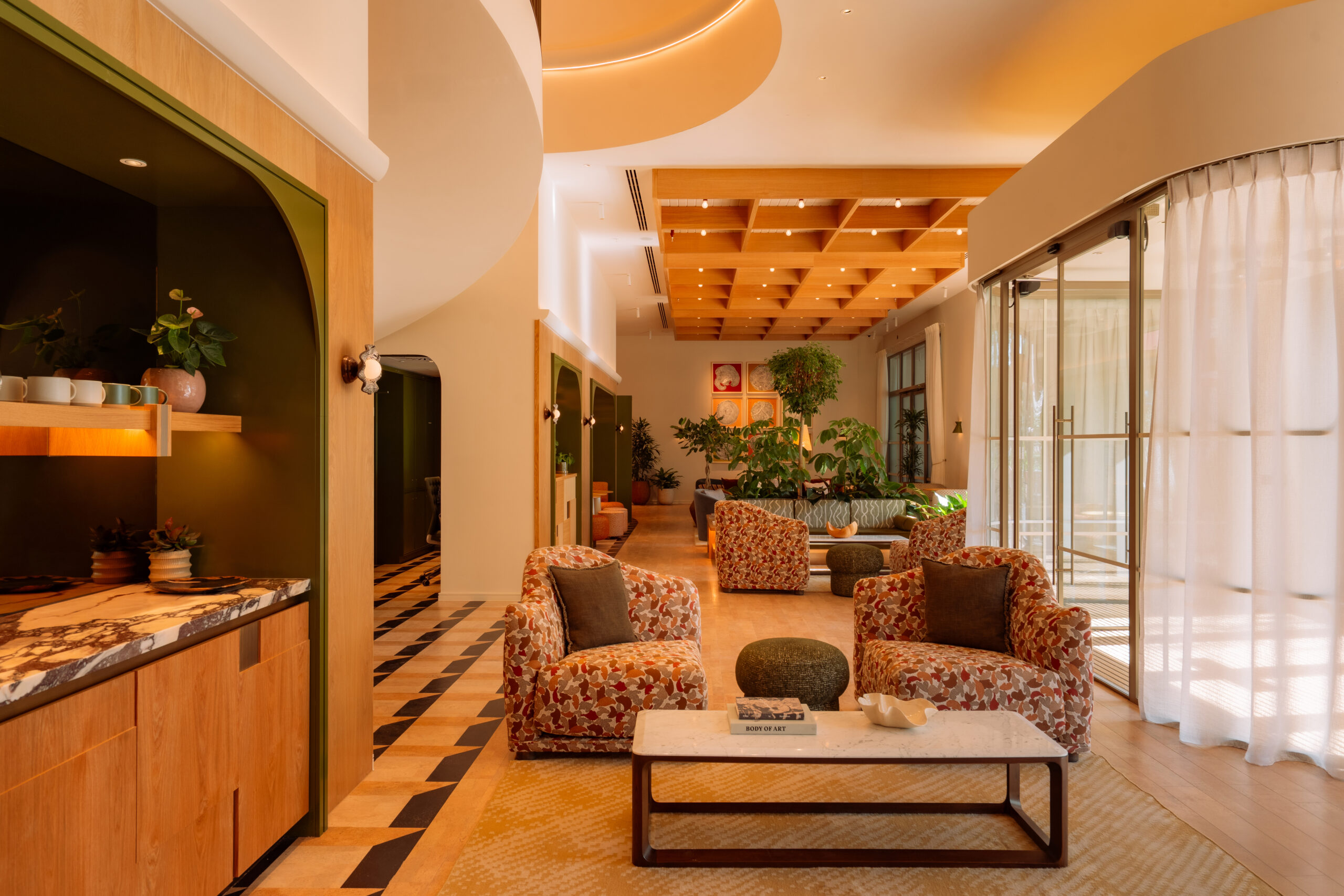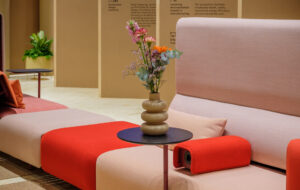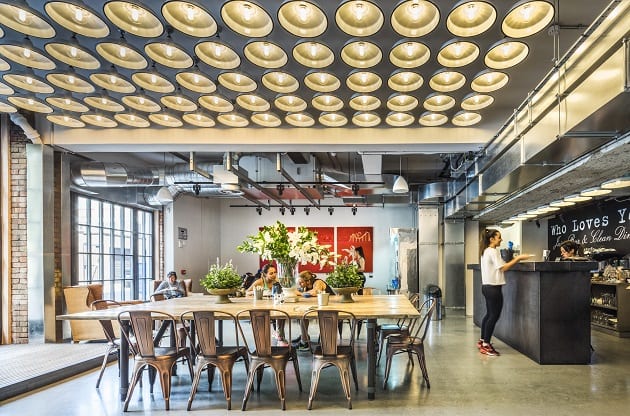 Inside Core Collective Kensington|||
Inside Core Collective Kensington|||
Gone are the days when the gym was a giant, gleaming glass box you paid a hard-to-get-out-of subscription to rarely visit. Now they’re millennial-friendly hangouts, bridging the gap between work and life.
“Fast forward five years and they’re smaller, non-membership and class-led with boutique interiors,” says Phil Waind of Waind, Gohil + Potter Architects.
 Inside the Third Space changing room, designed by Studio RHE. Photo by Dirk Linder
Inside the Third Space changing room, designed by Studio RHE. Photo by Dirk Linder
A case in point is one of the practice’s clients, Core Collective, a gym group with locations in Kensington and Knightsbridge and a St John’s Wood site set to join the ranks in late summer.
Read more: Why workplaces and wellbeing now go hand in hand
“They’re more about providing social spaces and also places where you could work,” Waind continues. “Gyms have become more like retailers as pay-as-you-go has grown. It’s all about the experience.”
 Inside the changing room at Core Collective Kensington
Inside the changing room at Core Collective Kensington
That experience could be anything from the high intensity interval training (HIIT) of the Barry’s Bootcamp brand, where a red-light-filled basement is billed slightly scarily as “down to hell so you look like heaven”, to Studio C102’s work with the 1Rebel brand’s various London locations, where the brief, it says, was to “design a gym where each class felt like a night out”.
Studio RHE, meanwhile, which designed the first Third Space in Soho in the early 2000s, has continued the luxury spa break look at the latest iteration of these high-end fitness facilities, in a neo-gothic, postmodern office building in the City of London. In the reception the tessellated copper-effect ceiling, the white terrazzo composite desk, plus angular banquette seating suggests a lounge with maybe a sly look at one’s emails before class.
 Studio RHE design the Third Space swimming pool. Photo by Dirk Linder
Studio RHE design the Third Space swimming pool. Photo by Dirk Linder
Back at Core Collective, it’s more overtly about mixing the work and play aesthetics. The bleacher seating in the basement of the Knightsbridge site is a staple of many a workplace and is, says Waind, “a much more efficient way to use a corridor – it’s like a breakout space and a very clear way to direct people downstairs”.
“We tried to have a residential sensibility and also that of a private members’ club,” Waind continues, highlighting another couple of commonly found office interiors reference points. Colours and materials are muted and semi-industrial: off-white walls, raw steel stairs and exposed pipework in the bathrooms. Meanwhile, a motivational mural provides the perfect Insta-moment: “Social media and a place for customers to buy merchandise is important too, for reinforcing that sense of community.”
 Core Collective offers a range of spaces besides exercise studios
Core Collective offers a range of spaces besides exercise studios
An old hand at this is Frame, a fitness studio which began a decade ago and now boasts six locations including Victoria, King’s Cross and Hammersmith. It has seen its millennial gym class heroes grow up to people in their thirties, forties and beyond. “There’s a big communal table at our Shoreditch Frame, for instance, and our aim has always been to have cafe-style areas for people to feel comfortable to hang out. And we’ve always had good quality wi-fi,” says co-founder and chief creative officer Pip Black, adding that it’s more of an organic blurring of office and gym rather than a deliberate move to anything approaching co-working.
That said, laptops are often out, be that staff or guests’, “Sometimes you’ll see people come in, do a class, do some work then do another class – they’re living the dream!”
With industrial styling, bleacher seating and handy places to sit with a laptop, gyms are becoming more like workspaces every day


